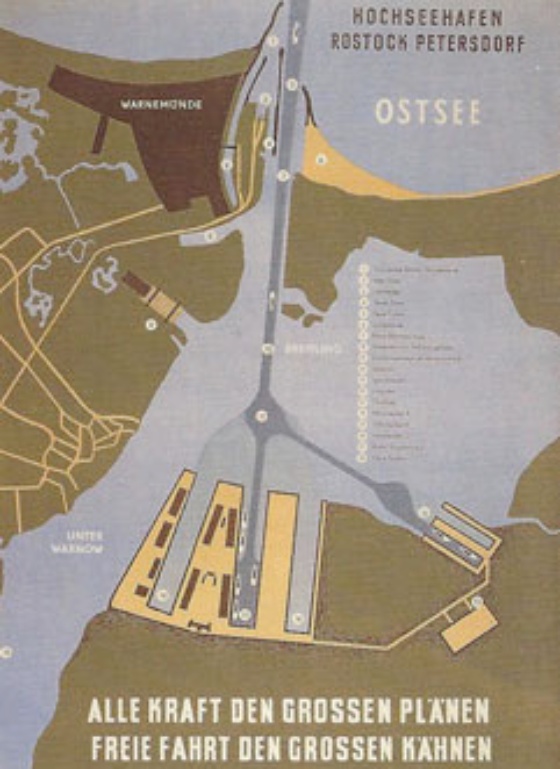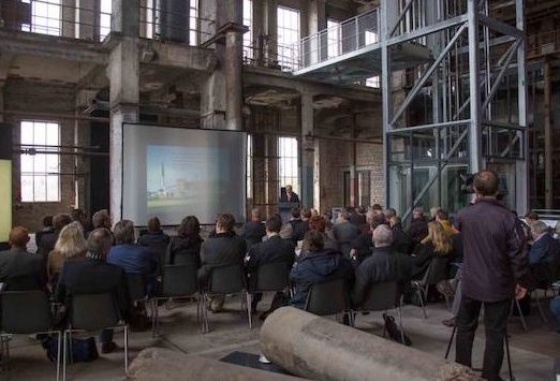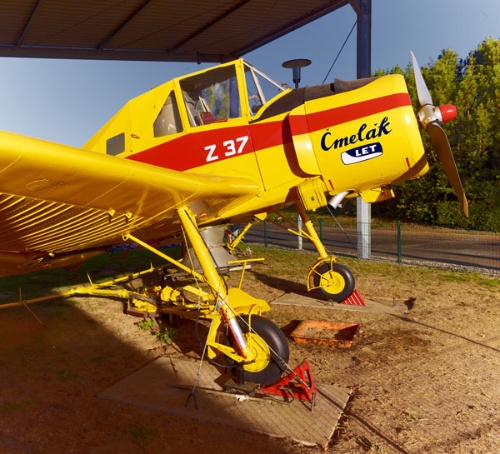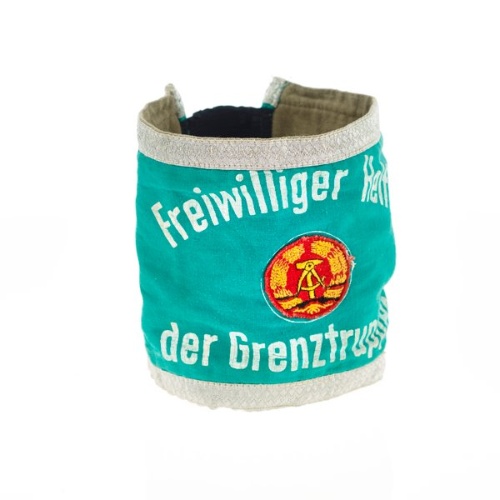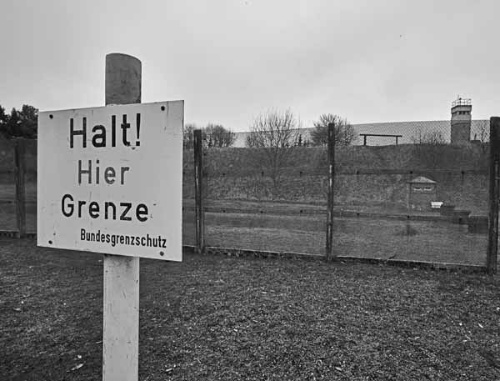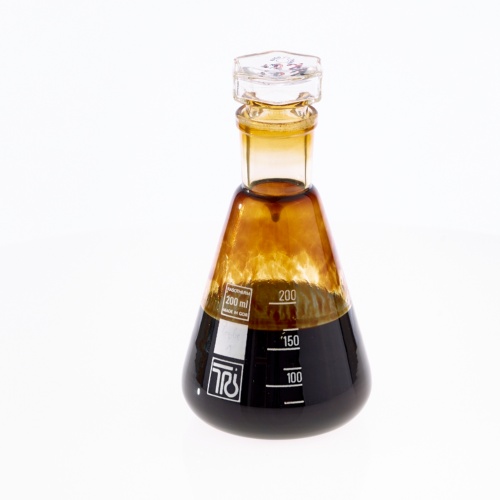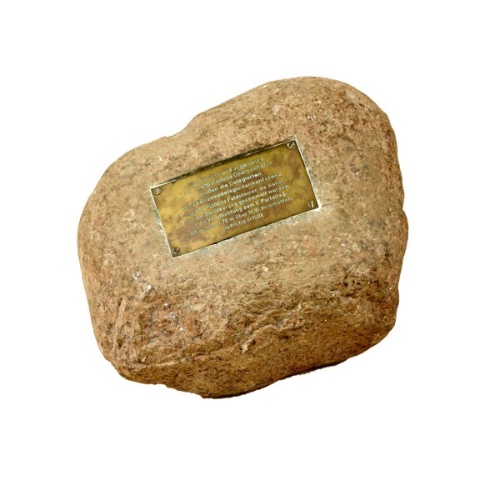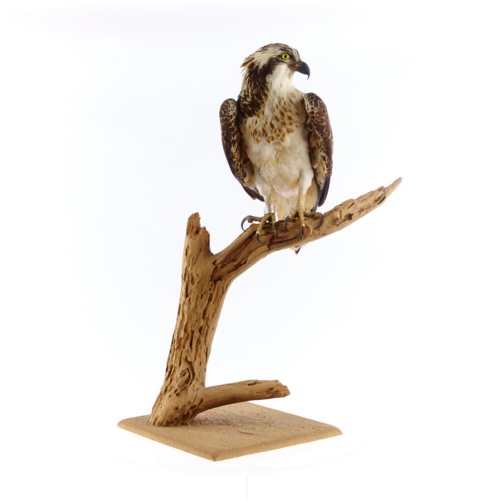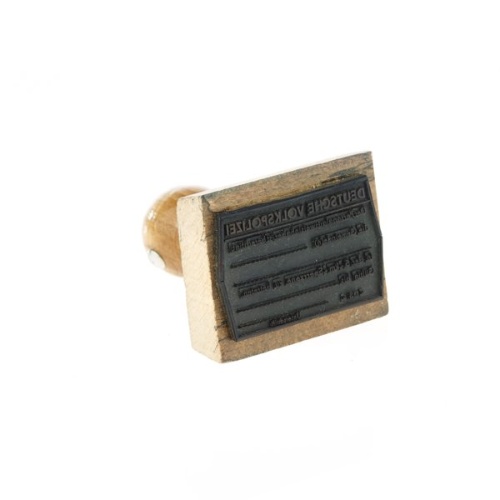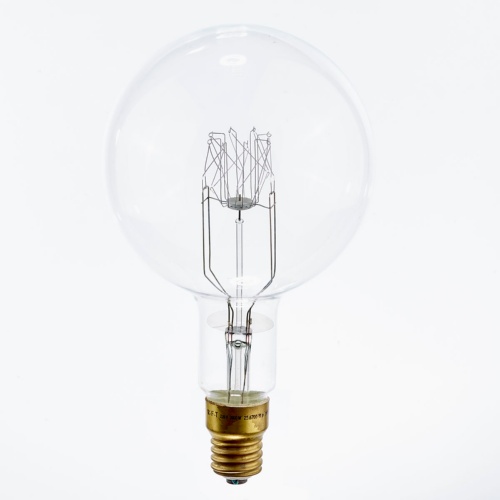In 1952 Mecklenburg was divided into the districts of Rostock, Schwerin and Neubrandenburg. Political power was exercised by SED district leaders. District councils were administrative organs.
1958 to 1975 the Baltic Sea week of the Baltic Sea countries took place in the district of Rostock. The background was the GDR’s struggle to receive international recognition.
The “coast border brigade” was established in 1958 and, in 1961, part of the “NPA border troops.” The MfS controlled the border crossings and monitored the population.
In 1952 the SED promoted the producers’ cooperatives (LPG). That ended with forced collectivisation in 1960. In 1953 more than 500 hotel and guesthouse owners were dispossessed. There was significant investment in shipbuilding and shipping. The university established a technical shipbuilding faculty. The food industry was established in district towns. The three northern districts were to become “industrial-agricultural districts.” The last remaining private businesses were nationalised in 1973. In 1972 the number of guests in the Baltic region reached the 2 million mark.
The first demonstrations against SED politics took place from 19.10.1989 after prayers for peace. Communal round tables were the first democratic forums. The party landscape changed at the same time. The federal state of Mecklenburg-Western Pomerania was established in 1990 with Schwerin as the state capital. The CDU led the first two governments. Since then the state premiers have come from the SPD.
Democracy led to a new political culture and personal freedom but also to separation and short-term advantages.
In the market economy the coastal regions with manufacturing trades and thriving tourism and the weak south-easterly region drifted apart. The last GDR People’s Chamber in 1990 re-established private land ownership. The number of people working in agriculture in Mecklenburg-Western Pomerania fell to around 75 %. Businesses were taken over by new and returning farmers.
